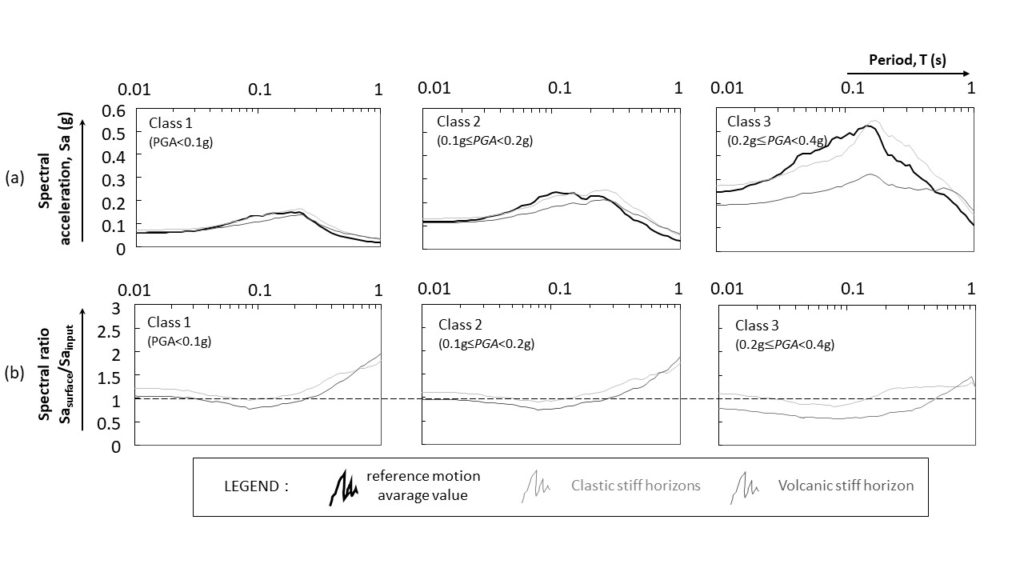
Stochastic approach to study the site response in presence of shear wave velocity inversion: Application to seismic microzonation studies in Italy
- 25 Febbraio 2022
- Pericolosità, Pubblicazioni
Autori: Fabozzi S. 1, Catalano S. 2, Falcone G. 1, Naso G. 3, Pagliaroli A. 4, Peronace E. 1, Porchia A. 1, Romagnoli G. 1, Moscatelli M. 1
Affiliazioni:
1 Institute of Environmental Geology and Geoengineering, National Research Council, Italy,
2 Department of Biological, Geological and Environmental Science, University of Catania, Italy,
3 Presidency of the Council of Ministers, Department of Civil Protection, Italy,
4 Department of Engineering and Geology, University of Chieti Pescara G. D’Annunzio, Italy
2021 Engineering Geology
Abstract
One of the most important controlling parameters of the seismic site response in terms of earthquake ground motions modification is the shear wave velocity (Vs) profile of the subsoil, that generally increases with depth because of geological age, cementation and overburden stress. There exist, however, geological settings where the velocity profile is characterized by inversions, when a stiffer layer (exhibiting higher Vs) overlies a softer one (with a lower Vs). When referring to the Italian territory, these conditions are widespread and require specific seismic site response analyses, both for structures and infrastructures design and for land planning. The aim of the present work is to study the effect of Vs inversion on seismic site response in recurrent Italian geological domains for application in seismic microzonation studies, i.e., at the miunicipality scale.
Firstly, the most common Italian geological domains characterized by inversion of Vs profiles are identified. Afterwards, one-dimensional subsoil columns representative of each identified geological domain are defined, based on Italian database of the seismic microzonation. In the end, based on the subsoil models defined at previous steps, numerical simulations of 1D site response are performed, in order to evaluate the influence of Vs inversion on ground shaking in terms of shear strain profiles and acceleration response spectra at the ground surface. To take into account the variability in the input parameters, stochastic 1D analyses are carried out via Monte Carlo method assuming assigned statistical distribution for Vs profiles and nonlinear variation curves of the normalized shear modulus and the damping ratio with the shear strain.

CONTRATTO CONCERNENTE L’AFFIDAMENTO DI SERVIZI PER “PROGRAMMA PER IL SUPPORTO AL RAFFORZAMENTO DELLA GOVERNANCE IN MATERIA DI RIDUZIONE DEL RISCHIO SISMICO E VULCANICO AI FINI DI PROTEZIONE CIVILE NELL’AMBITO DEL PON GOVERNANCE E CAPACITÀ ISTITUZIONALE 2014-2020”– CIG 6980737E65 – CUP J59G16000160006
Copyright © 2017 - Progetto grafico e sviluppo Heap Design



